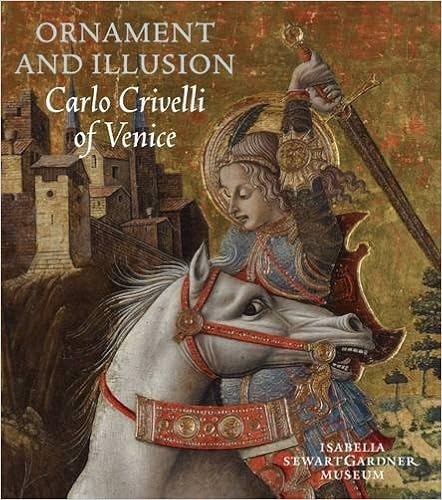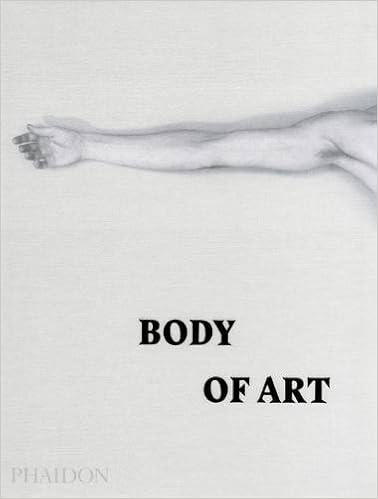 |
| Picture: Sotheby's |
This Orazio Gentileschi is a supreme masterpiece. It's coming up for auction with an estimate of $25m - $35m. It's beautiful, art historically 'important' and a simply magnificent picture. I've known it from reproductions and I'd longed to see it, so I was delighted to see it on loan at the Met last time I visited. It surpassed most of the masterpieces in the permanent collection, a truly memorable and stupendous picture. So why aren't we buying it for the National Gallery?
Museums always talk about wanting to buy masterpieces rather than 'filling gaps', but they usually do exactly the opposite. The Met, the National Gallery in Washington and the Getty should be going all-out for this, but the Met seems more enthused for contemporary and the National Gallery in Washington has an absurdly myopic focus on buying only Dutch pictures. But what about Europe?
It would be a great complement to the National Gallery's strong collection of baroque art, but it could equally transform a regional museum's collection - Birmingham would be a fine home, alongside another large Gentileschi and some other fine baroque pictures. It's a measure of the picture's importance and originality that it would complement even the Louvre's magnificent holdings, or the Prado's. German museums bought aggressively and well in the 1970s and 1980s, but little since; it would make up for some of the large baroque pictures that Berlin lost in a fire in 1945. But because it's not already in one of those countries, they're highly unlikely to pursue it. Why not sell the right to export another national treasure and use the funds to buy this instead?
I'll be amazed if any of them are even considering it. Europe's cultural conservatism is so ingrained that even in collecting historic art it seeks to hold onto the stuff that hasn't already been exported rather than seek out the best, wherever it lies. But the UK's cultural class deserves special contempt in this unedifying contest, because they are still obsessing about an over-priced Rembrandt that they should let go, instead of pursuing a great masterpiece that they should buy. The Rembrandt is £35m; the (better) Gentileschi is $35m. But The Art Fund is desperately trying to 'save' the Rembrandt (which seems likely to remain here anyway), and seems not even to have noticed the Gentileschi.
One possibility, not to be dismissed lightly, is that the Art Fund is run by idiots. They seem more interested in marketing than in art, demanding that museums include prominent lurid acknowledgement of their support and following fashion in headlong pursuit of trendy contemporary art. Describing the Rembrandt as 'perilously unsafe' is absurd hyperbole that reveals their real focus: keeping stuff in the UK rather than developing our public art collections.
The other possibility is that they have just given up on the idea of developing collections and buying great works of art in favour of simply keeping in the UK whatever is already in the UK. The trope of 'saving our art' plays to the bias of loss-aversion, which as specialists in advertising rather than art they will understand well. But it's a sign of the stultifying monoculture of arts discussion here that it goes unchallenged. No one questions the absurdly distorted funding model, or makes the case for going out to buy art that is great rather than art that is here.
The Treasury is willing to subsidise the purchase of pictures arbitrarily, simply because the owners happen to have some tax to pay. That's an irrational and expensive subsidy that should be abolished. And the fact that it also involves an added subsidy to the owners is despicable. Whatever your views on the UK government's welfare cuts, it's hard to adduce any plausible case for taxpayers making transfers to especially wealthy people just because they own good art. The real cost of the Rembrandt is £35m, not the reduced amount based on tax discount. The tax discount is just a payment from the Treasury. Better to use the money to buy the Danae instead, and have enough change left over to buy some other good pictures.














